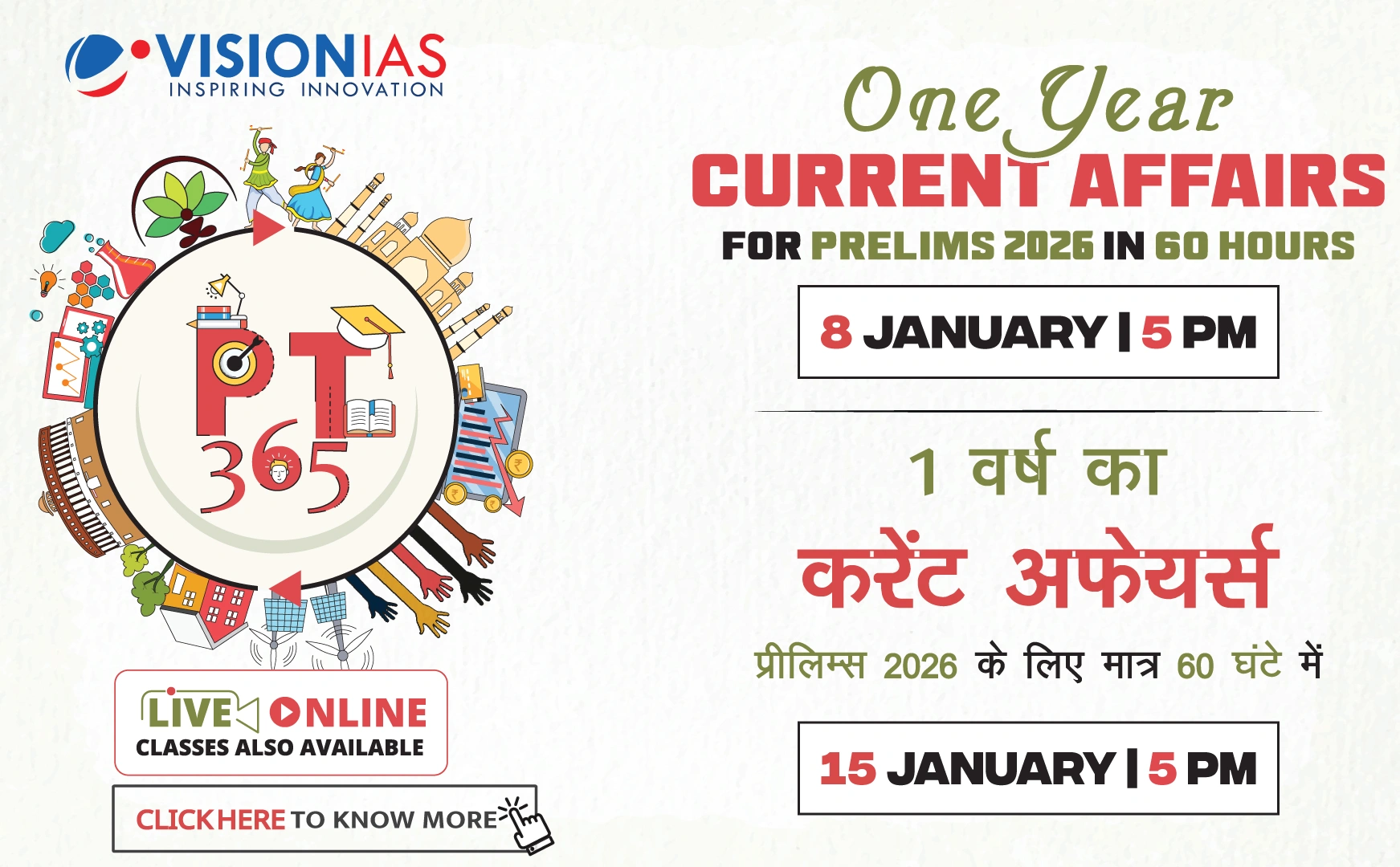Impact of US Tariff Policies and India's Response
The United States has enforced significant tariff measures under Donald Trump's administration, including a 10% tariff across all products and reciprocal tariffs on trading partners. India, considered an unfair trade partner by the US due to high tariffs and non-tariff barriers, is advised to maintain a calm response to avoid negative repercussions.
US Tariff Policies
- Implementation of overarching 10% tariffs on all products.
- Reciprocal tariffs aligned with those of trade partners.
- Potential negative impacts on the US economy, including price increases and decreases in productivity and profitability.
- Long-term prospects may force the US to reconsider and reduce tariffs.
Uncertainty and Challenges
- High levels of uncertainty regarding future tariff rates, both globally and in India.
- India's upward trend in aggregate tariff rates has not significantly enhanced manufacturing competitiveness.
Opportunities for India
India can leverage US tariff policies to its advantage by reducing its own tariffs, which could foster industry growth and integration into global value chains (GVCs).
- Capture new export markets due to retaliatory tariffs imposed by other countries on the US.
- Enhance productivity, particularly for micro, small, and medium enterprises (MSMEs).
- Opportunity for India to join GVCs as global corporations seek to diversify away from China.
India's Strategic Response
- Staggered reduction of tariffs to avoid economic shock.
- Informing firms about timelines for investment and capacity planning.
- Shift from protective to supportive industrial policies, emphasizing support over protection.
Industrial Policy Recommendations
- Utilize mechanisms like the production-linked incentive (PLI) scheme for industry support.
- Government to absorb high land and electricity costs impacting industry efficiency.
US-India Economic Synergies
- Capital-intensive US economy complements India's low-cost workforce.
- The US's technological dominance aligns with India's educated workforce.
- Potential for a US-India Free Trade Agreement to bolster economic ties.
Sectoral Considerations
- Agriculture needs protection, but certain products can be opened to trade (e.g., dry fruits, berries, ethanol).
- Focus on products that do not jeopardize food security or employment.
Conclusion
India should pursue a strategy of phased tariff reductions independent of US policy changes, aiming for economic transformation by 2047. These measures should be an assertive strategy for growth rather than a defensive response to external pressures.



